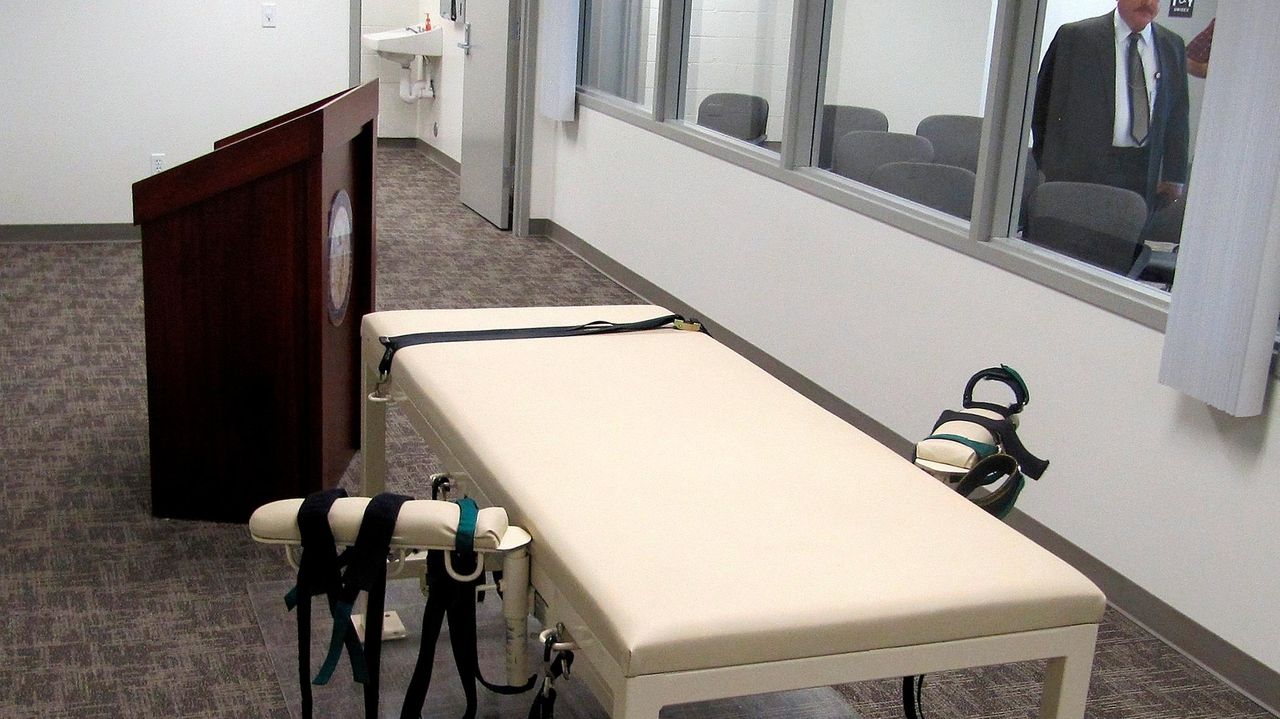KUNA, Idaho — For nearly an hour, Thomas Eugene Creech lay strapped to a table in an Idaho execution chamber as medical team members poked and prodded at his arms and legs, hands and feet, trying to find a vein through which they could end his life.
After eight attempts Wednesday, the prison warden told them to give up. Creech, a 73-year-old serial killer who has been in prison for half a century, was returned to his cell — for how much longer, no one knows.
The botched lethal injection was the latest in a string of difficulties states have had carrying out such executions since Texas became the first state to use the method in 1982.
Here’s a look at things to know about Creech’s case and what comes next.
What happened?
Creech, one of the longest-serving death row inmates in the U.S., had a last meal of fried chicken and gravy Tuesday night. He was wheeled into the execution chamber at the Idaho Maximum Security Institution on a gurney at 10 a.m. Wednesday, where he was to die for one of his crimes: the 1981 beating death of a disabled fellow inmate who was serving time for car theft.
Three medical team members tried eight times to establish an IV, Department of Correction Director Josh Tewalt said. In some cases, they couldn’t access the vein, and in others they could but had concerns about vein quality.
This image provided by the Idaho Department of Correction shows Thomas Eugene Creech on Jan. 9, 2009. Creech, Idaho’s longest-serving death row inmate, is scheduled to be executed at the end of the month. He was already serving time after being convicted of killing two people in Valley County in 1974 when he was sentenced to die for beating a fellow inmate to death with a sock full of batteries in 1981. Credit: AP
At one point, a medical team member left to gather more supplies. The warden announced they were halting their efforts at 10:58 a.m.
It’s not clear why they had trouble. A variety of factors can affect the accessibility of someone’s veins, including…
Read the full article here

Leave a Reply